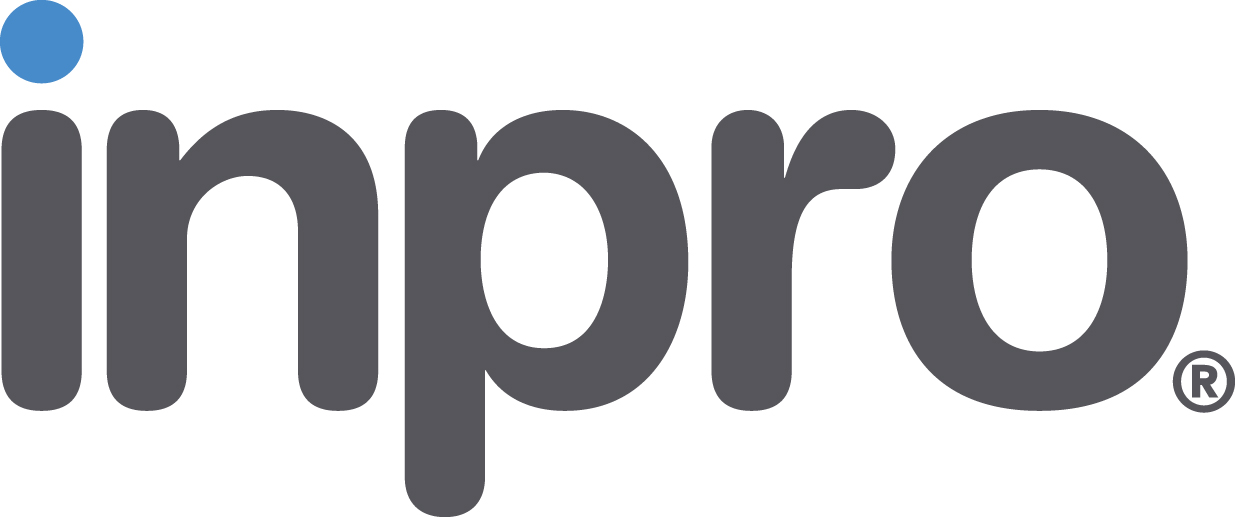ADA Signage – Mastering the Compliance Basics
Learning Objectives:
- Obtain a better understanding of the Americans with Disabilities Act (ADA).
- Review ADA guidelines in terms of architectural signage and variances by state.
- Explain the litigation risks to building owners for non-compliance.
- Discuss the 2010 SAD Standards and enforcement process
- Identify the latest ADA signage material and manufacturing processes.
Credits:
This course is approved as a Structured Course
This course can be self-reported to the AANB, as per their CE Guidelines
Approved for structured learning
Approved for Core Learning
This course can be self-reported to the NLAA
Course may qualify for Learning Hours with NWTAA
Course eligible for OAA Learning Hours
This course is approved as a core course
*State-certified members self-report 1 ADA State Accessibility/Barrier-Free
This course can be self-reported for Learning Units to the Architectural Institute of British Columbia
The Americans with Disabilities Act (ADA) was enacted in 1990, with major revisions enacted in 2010. Since its release in September of 2010, the language outlined in the 2010 Standards for Accessible Design (SAD) has not changed. However, as of March 2011, the ADA gained teeth – compliance is now required and enforceable on the federal level.
Since the ADA views visual impairments as a disability covered under the Act, there are specific guidelines pertaining to signage products. The two categories covered under interior signage are Wall Mounted, Ceiling Mounted or Projected. Within the Wall Mounted category, Identification of permanent room signs, Directional signs, and Informational signs are covered. Within the Ceiling or Projected Mounted category, Directional and Information signs are covered.

Photo courtesy of Inpro

|
Zach Rice is the Assistant Product Manager for the Architectural Signage division at Inpro Corporation. Zach has been in the signage industry for nearly a decade helping to solve complex problems and maintaining ADA compliant buildings across the country. He is also a certified as a Six Sigma Green Belt and is an excellent expert and resource to all things sign-related. |















